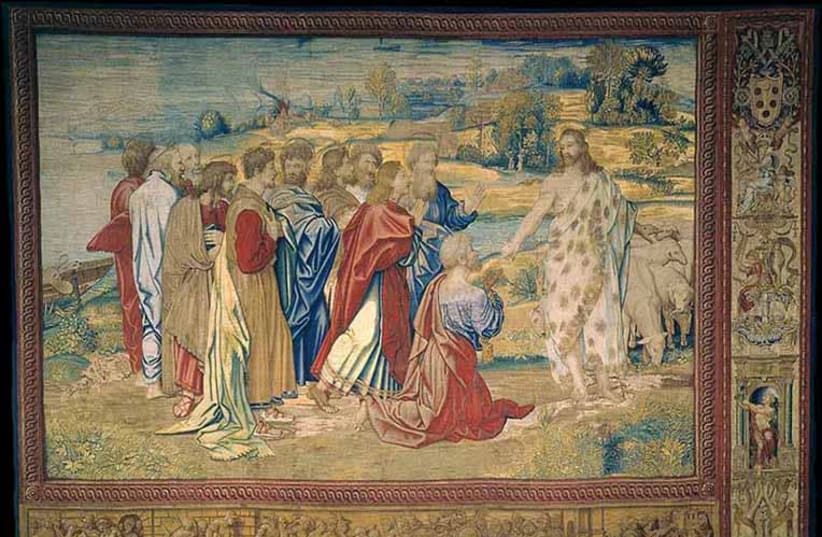Jona Ostiglio was a Jewish renaissance painter working in 17th-century Florence. He had been lost to history until he was recently discovered by Jewish historian and director of the Jewish studies program of the Medici Archive Project Piergabriele Mancuso.
The historian was examining the history of the Jewish community when he found a 1907 article by the Italian rabbi Umberto Cassuto in which Ostiglio was mentioned, Thejc.com reported.
An artist without known works
Mancuso then asked Maria Sframeli, an art historian from Florence’s Uffizi Gallery, if she knew anything about the unknown painter. As it turned out, she remembered reading the name "Jona" while going through the unregistered paintings stored in the Uffizi gallery years ago.
She subsequently was able to find a number of paintings attributable to Ostiglio. One was found in a Medici villa, another in a church in Florence and another in the Italian foreign ministry.
“It’s quite a discovery,” director of the Uffizi Gallery Eike Schmidt said. Several pieces attributed to Ostiglio are in the Uffizi’s world-famous collection. “We knew practically nothing about this artist,” Mr. Schmidt added: “an artist without works.”
Ostiglio's career is remarkable less for the quality of his paintings than for the fact that a Jewish painter of his time rarely succeeded in breaching the walls of the ghetto. Other Jewish painters mainly produced their works for internal use.
“The idea we have is of a Jew that is unique, quite familiar with the Christian environment and unafraid to distance himself from rabbinical laws,” Mancuso told The New York Times. “His behavior was outside Jewish and Christian society of the time.”
“Was he an exception to the rules or was it more commonplace at the time than we know? That’s this question that remains open,” the Jewish historian said.
Ostiglio was commissioned by the most powerful Christian families of Florence, including the Medicis. In 1680, he even became a member of the Academy of Fine Arts, an honor no other Jew would receive again until the twentieth century.
Complex relations between Jews and Christians
“Jews weren’t allowed to become goldsmiths or painters or be part of any guild, so it’s quite extraordinary,” said Andreina Contessa, director of the historical museum of the Miramare Castle and Park in Trieste and former chief curator of the Nahon Museum of Italian Jewish Art in Jerusalem.
Mancuso also perused documents surrounding Ostiglio’s life, such as family records and legal violations – including one for breaking religious separation by living beyond Florence’s first ghetto, established in 1517, and another for having relations with a Christian woman. “This was prohibited, I would say, by both sides,” he told Artnet News.
Silvana Greco, a professor of the sociology of Judaism at the Freie Universität Berlin said Ostiglio’s story underlined the interactions that existed between Jews and Christians and the importance of Jewish culture in various artistic forms, “including painting.”
“His behavior was outside Jewish and Christian society of the time.”
Piergabriele Mancuso
“Even though the life of the Jewish and Catholic world was divided, there could be constructive exchanges,” she said. “The rule was that they couldn’t enter guilds,” explained Contessa. "Not that they couldn’t work – they could – but they worked without signing their names
Ostiglio died in 1695.
“I’m sure that in the near future, we will find more paintings,” by him, Mancuso said.

